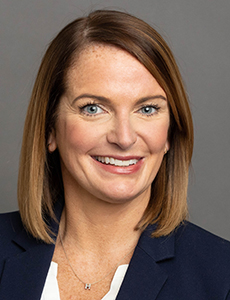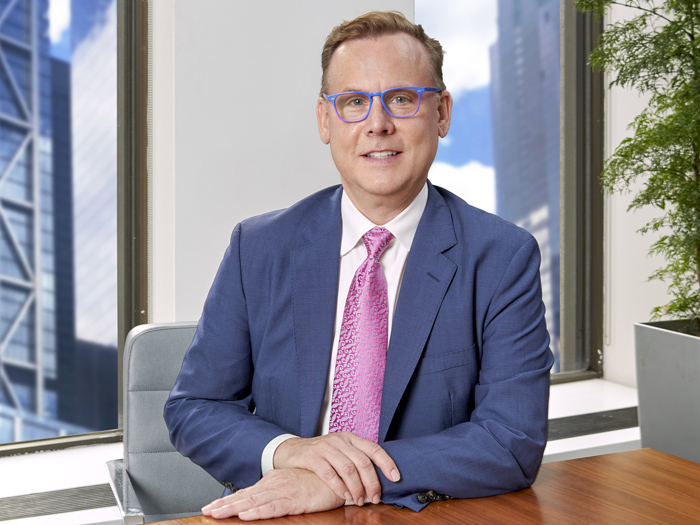Sponsored Content by AmTrust Financial
Project Delays Happen — Is Your Insurance Keeping Up? What the Construction Industry Needs to Know About Policy Extensions

The world of construction is changing, putting new pressures on contractors.
Supply chain issues that emerged during the COVID-19 pandemic have not been completely resolved, the cost of materials keeps rising and the skilled labor shortage continues to snarl project timelines. These obstacles have pushed some contractors to make decisions that increase their projects’ risk exposure.
These include taking on projects outside their scope of expertise or outside their typical market. There has been a shift in demand, for example, from the construction of single-family homes to multi-family homes like condos and apartment buildings. Contractors that previously specialized in single-family homes may take on a multi-family project to keep their business going, but may not be fully prepared for the more complex risks this type of construction presents.
“This means that the project is more likely to hit delays, and the contractor will be less experienced in spotting or circumventing potential delays,” said Shannon Piotrowski, Vice President of Underwriting, AmTrust E&S Specialty Casualty.
Similarly, a general contractor that takes on work outside its typical market will have to work with new subcontractors. Unfamiliarity with a subcontractor’s typical work process or the quality of their work is an opportunity for things to go wrong, especially at a time when subcontractors are struggling to hold on to skilled and experienced workers.
“In the face of tough economic conditions, people are more inclined to cut corners. We understand that everyone needs to make a living — but it will result in project complications, delays and potential future claims,” Piotrowski said.
These trends have resulted in insurance carriers, like AmTrust, fielding more requests for policy extensions than ever before.
But granting an extension is not as simple as changing an expiration date. It requires re-evaluating the risk and the policy terms themselves, which sometimes does not go the way an insured would like.
Here’s why policy extensions are posing a challenge for construction underwriters — and what insureds and brokers can do to best position themselves for success:
1. Risk profiles and risk appetite are always changing.

Shannon Piotrowski, Vice President of Underwriting, AmTrust E&S Specialty Casualty
Policy terms for large projects typically range from three to five years, and a lot of factors can change within that period.
“If we initially wrote a project-specific policy three years ago, the environment can change rapidly in terms of inflation, risk profile, our underwriting capacity and underwriting appetite, and our comfort with limit deployment,” Piotrowski said. “There are also factors at the state and federal level that could change within that three-to-five-year period where maybe this risk isn’t something that we would write today.”
If the cost of lumber increased, or the contractor has had to offer higher wages in order to retain skilled labor, or regulatory changes in the state have added compliance requirements, these expenses increase a project’s value and necessitate a re-evaluation on the part of the underwriter.
In Piotrowski’s experience, insureds often don’t expect to go through this process and tend to underestimate the time and work involved.
2. Reinsurance treaties will require revision.
Reinsurance is always a piece of the insurance puzzle when it comes to large construction projects. When carriers are asked to provide extensions, they have to ask the same of their reinsurance partners.
“We have certain treaty restrictions around policy terms and length of policy and perhaps what type of work the insured is actually performing, where the project is located, et cetera,” Piotrowski said.
“We have to continue to monitor that situation and make sure that the insured is on track to complete in a timely manner. Otherwise, we have to go outside of our reinsurance treaty to be able to offer an extension. If you have to ask for a treaty exception, that can be a significant time commitment,” she said.
“The reinsurer will require documentation to demonstrate why a project was delayed. They will need evidence of a lack of labor or supplies, or of unsustainable materials cost, permit delays or whatever the reason was for the interruption. There are many factors that go into it, so it is not a quick and easy process.”
3. The timing is too tight.
When Piotrowski and her team receive a request for a policy extension, it often comes at the 11th hour, sometimes even after a policy has already expired.
When contractors hit project snafus, their first priority is naturally going to be to get the project back on track. Whether that’s finding new materials or new subcontractors, their focus is on the work — not their insurance contracts.
“Insurance tends to be an afterthought. It’s usually at the last minute that they realize their policies need to be updated to align with the new project timeline,” Piotrowski said.
It is more difficult to re-evaluate a policy, confer with reinsurers and get other carriers in the tower on board when the clock is ticking or has already run out.
This is exacerbated by reduced E&S capacity in the construction marketplace and increasing cost of coverage, which means more insurers need to be involved to provide the same level of coverage on a large project.
“A broker could previously build a $25 million tower with five or less carriers. Now, those carriers are reducing their limits capacity, leaving more holes that brokers have to fill. Where a lead carrier may have offered $10 million in limits, now they’re offering $2 million or $3 million. It means more legwork for our clients just to build the tower, so to potentially rearrange these pieces to accommodate a policy extension is a monumental task,” Piotrowski said.
Sometimes, it is not possible to grant a policy extension, leaving a project stalled indefinitely while contractors scramble to get coverage, often at much higher prices.
What Insureds and Wholesale Brokers Can Do
Project delays in today’s economic environment are inevitable, and policy extensions can be necessary. To increase their chances of success, the number one thing insureds and brokers can do is proactively communicate.
“The moment a contractor sees a bottleneck forming, they should inform their broker, who should inform their underwriters. The earlier we know that a delay is likely, the more time we have to assess the situation and adapt policies accordingly,” Piotrowski said.
“It is imperative to keep the dialogue open with the underwriting side of the house in terms of what the expectations are for completion. The project value may change, the cost may change, materials costs are rising, et cetera. We would just like to have that open line of communication and build that relationship, because the sooner you come to us and let us know that there’s a bottleneck, the more comfortable we can get with the situation and continue to reassess it as it develops.”
The Value of Underwriting Experience and Domain Expertise
When unforeseen circumstances arise, brokers need underwriting partners who are well-versed in the ever-changing construction risk landscape, insurance market and macroeconomic environment. Carriers who understand their insureds’ challenges can move more quickly to help solve them, and often offer more flexibility.
“Our team offers extensive underwriting expertise in the construction industry, and a comprehensive understanding of the current economic conditions. We apply that knowledge and insight to work proactively and collaboratively with our wholesale brokers and insureds to set expectations around these issues and anticipate setbacks in project timelines,” Piotrowski said.
“We foster close relationships with our brokers to keep communication open, which ultimately helps us serve them more effectively when extensions are needed.”
To learn more, please visit: https://amtrustfinancial.com/excess-surplus/specialty-casualty.
![]()
This article was produced by the R&I Brand Studio, a unit of the advertising department of Risk & Insurance, in collaboration with AmTrust Financial. The editorial staff of Risk & Insurance had no role in its preparation.










